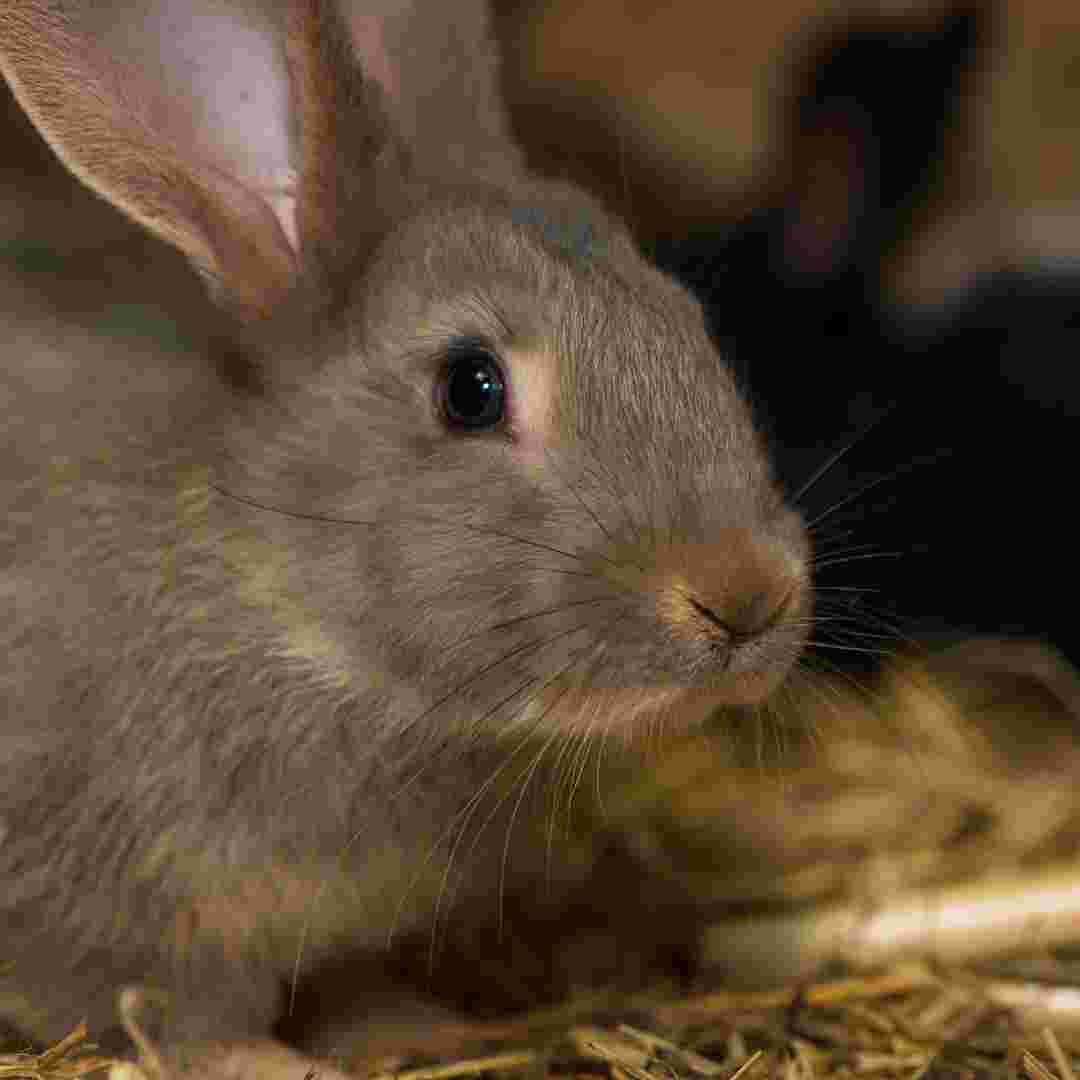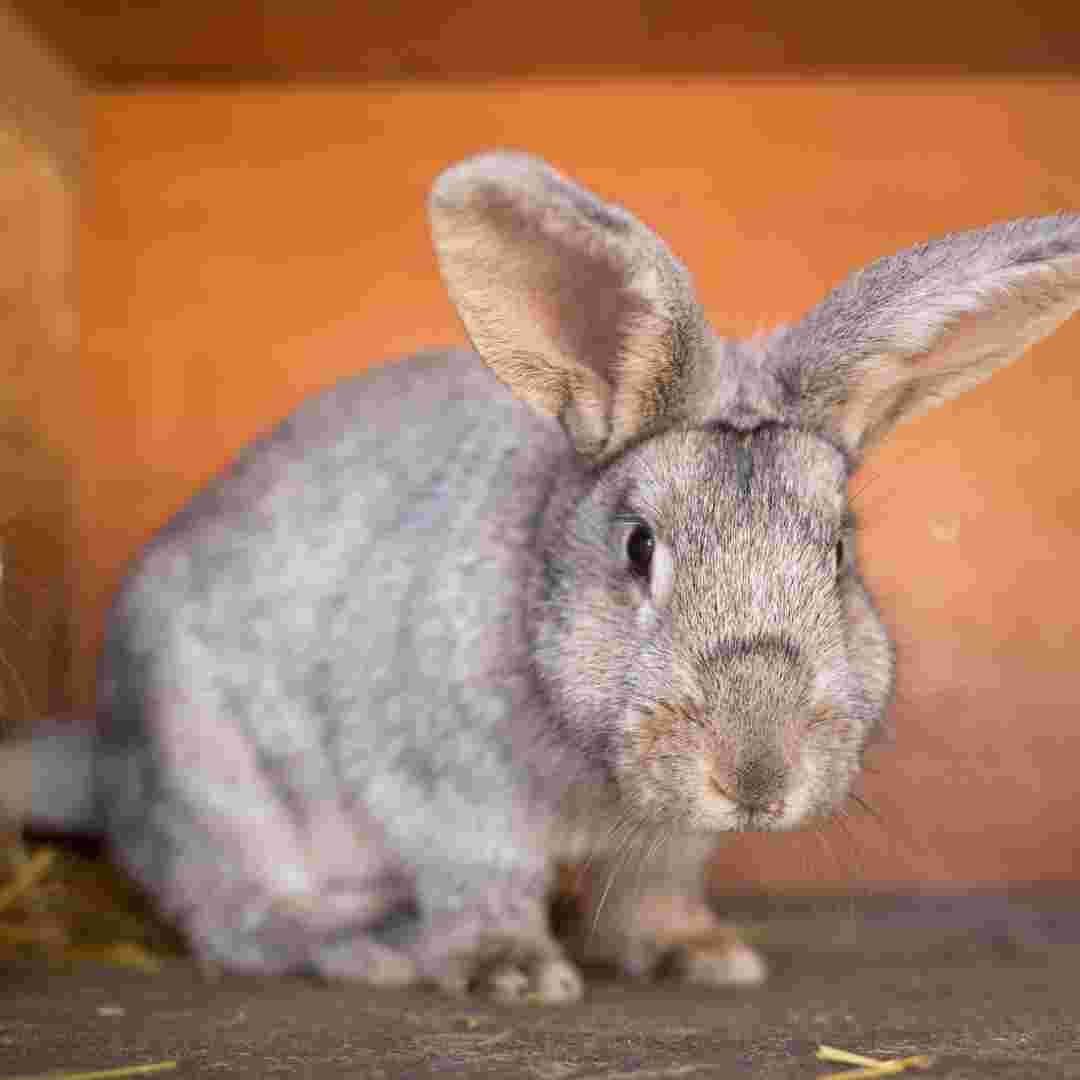Contents Table
Introduction
Mosquitoes Spread Rabbit Fever
How Climate Change Increases Rabbit Fever
How Poor Hygiene Spreads Rabbit Fever
Rabbit Fever Transmission via Domestic Animals
Wildlife and Rabbit Fever Outbreaks
Q&A
Conclusion
Introduction
The Francisella tularensis bacteria causes rabbit fever, generally known as tularemia. Humans, rabbits, rodents, and other animals can contract this rare but dangerous disease. Contact with diseased animals, contaminated food or water, or ticks or deerflies can transmit the bacteria. Rabbit fever can cause fever, chills, headache, muscle aches, and swollen lymph nodes. Treatment usually entails antibiotics and hospitalisation in severe cases.
Mosquitoes Spread Rabbit Fever
Mosquitoes spread rabbit fever (tularemia). Wild animals including rabbits, hares, muskrats, and beavers carry Francisella tularensis, which causes this disease. Ticks, fleas, and other biting insects carry it.
The main vector of rabbit fever is mosquitoes. Infected animals can contract the bacterium from mosquitoes. When mosquitoes bite, they spread germs to other animals and humans. Contact with infected animal carcasses or water can also spread the germs.
Rabbit fever symptoms depend on how the infection entered. Bacteria inhalation can induce severe respiratory sickness, while ingestion might cause gastrointestinal illness. Bacteria on skin can create ulcers or swollen lymph nodes.
Mosquito control is crucial to preventing rabbit fever. Eliminating standing water, using insect repellents, and wearing long sleeves outdoors can help. Stay away from wild creatures and practise proper hygiene. If you suspect rabbit fever, get medical attention immediately.
How Climate Change Increases Rabbit Fever
Rabbit fever (tularemia) is spreading due to climate change. Wild animals including rabbits, hares, and rodents carry Francisella tularensis, which causes this infection. As temperatures rise owing to climate change, these animals' ranges extend, increasing rabbit fever instances.
Climate change-induced warming is also helping microorganisms grow. Warmer temperatures help bacteria to survive longer in the environment, boosting transmission to humans. Due to rising temperatures, rainstorms are becoming more frequent and strong, which can cause floods and spread the germs.
Bacteria-carrying animals are also changing due to rising temperatures. Animals are more active in warmer weather, increasing contact with humans and transmission. Animals may relocate to new locations due to rising temperatures, spreading pathogens and increasing infection risk.
Finally, climate change is altering bacteria-carrying animals' environments. Warmer temperatures can modify flora and animal habitats. Increasing the number of animals in a region increases the risk of transmission to people.
Finally, rabbit fever is spreading due to climate change. Warmer temperatures allow germs to grow, changing the behaviour and habitats of animals that carry them. All of these reasons are increasing rabbit fever cases.
How Poor Hygiene Spreads Rabbit Fever
The Francisella tularensis bacteria causes rabbit fever, generally known as tularemia. Zoonotic diseases can spread from animals to people. Poor hygiene can spread rabbit fever.
Poor hygiene can spread rabbit fever in numerous ways. Poor cleanliness increases the danger of animal infection. A person may develop rabbit fever if they don't wash their hands after handling an infected animal. Poor hygiene might also raise the risk of touching infected surfaces. For instance, if a person touches a rabbit fever-contaminated surface without washing their hands, they may catch the virus.
Poor hygiene can increase the risk of airborne rabbit fever transmission as well as contact with diseased animals or surfaces. Poor hygiene can aerosolize microorganisms, which humans can inhale. If a person doesn't wash their hands after handling an infected animal, they may aerosolize the bacteria and spread rabbit fever.
Maintaining proper cleanliness reduces rabbit fever transmission. After handling animals or contacting contaminated surfaces, wash hands thoroughly with soap and water. Avoid contact with wild animals, which may have rabbit fever. Finally, avoid mowing grass or dealing with dirt in rabbit fever-endemic areas to avoid aerosolizing the germs.
Good cleanliness reduces rabbit fever danger and spread.
Rabbit Fever Transmission via Domestic Animals
Domestic animals including cats, dogs, and horses can spread rabbit fever, or tularemia. Wild rabbits, hares, and rodents carry Francisella tularensis, which causes this disease. Contact with infected animals, tissues, or fleas can spread it to humans.
Infected wild animals or their fleas can infect domestic animals with rabbit fever. Contact with sick rabbits, hares, or rodents can infect cats, who are especially sensitive. Infected animals or their fleas can infect dogs. Consuming diseased rabbits or rodents can infect horses.
Domestic animals can spread the disease to people by direct contact with their tissues or fluids or flea bites. Inhaling microorganisms from the air after an infected animal is disturbed or killed can also infect humans.
Take care to prevent rabbit fever from spreading from domestic animals to humans. Pet owners should avoid wild animals and their fleas and keep their pets away from wild animal habitats. When handling their pets, owners should practise excellent hygiene and seek veterinarian attention if their pet is sick.
Pet owners can limit rabbit fever transmission from domestic animals to humans by implementing these precautions.
Wildlife and Rabbit Fever Outbreaks
Wildlife helps transmit rabbit fever (tularemia). Wild animals including rabbits, hares, muskrats, and beavers carry Francisella tularensis, which causes this disease. Ticks, fleas, and other biting insects carry it.
Rabbit fever bacteria can transfer to people by direct contact with the animal or its body fluids or bug bites. When an infected animal is agitated or killed, the bacteria can be discharged into the air, infecting humans.
Wildlife can indirectly spread rabbit fever. A predator can contract the disease from eating an affected animal and disseminate it to other animals or humans. A crow or vulture that eats an infected animal can transfer the germs to other animals or humans.
Rabbit fever can be prevented by avoiding wild animals and their fluids. Protective clothes and bug repellant are also essential outdoors. Before consuming, wild game must be well cooked. Finally, rabbit fever symptoms like fever, chills, headache, muscle aches, and enlarged lymph nodes require medical intervention.

Q&A
1. Rabbit fever?
The Francisella tularensis bacteria causes rabbit fever, generally known as tularemia. Rabbits, hares, muskrats, and beavers carry it, and people can contract it from their urine, faeces, or bites.
2. Rabbit fever symptoms?
Rabbit fever can cause fever, chills, headache, muscular aches, joint discomfort, swollen lymph nodes, and a skin ulcer.
3. How is rabbit fever diagnosed?
Physical examination, laboratory tests, and exposure to sick animals usually identify rabbit fever.
4. Treatment for rabbit fever?
Drugs like doxycycline or streptomycin treat rabbit fever.
5. Is rabbit fever preventable?
Rabbit fever can be prevented by avoiding sick animals, their urine, faeces, and bites. Handling animals using gloves and protective clothes reduces infection risk.
Conclusion
Francisella tularensis causes rabbit fever. Touching diseased animals like rabbits or polluted water or soil spreads it. Infected ticks and deer flies can also infect people. Antibiotics and assistance treat rabbit fever. Avoiding contact with sick animals, wearing protective gear outside, and using insect repellent to prevent tick and deer fly bites can prevent rabbit fever.
